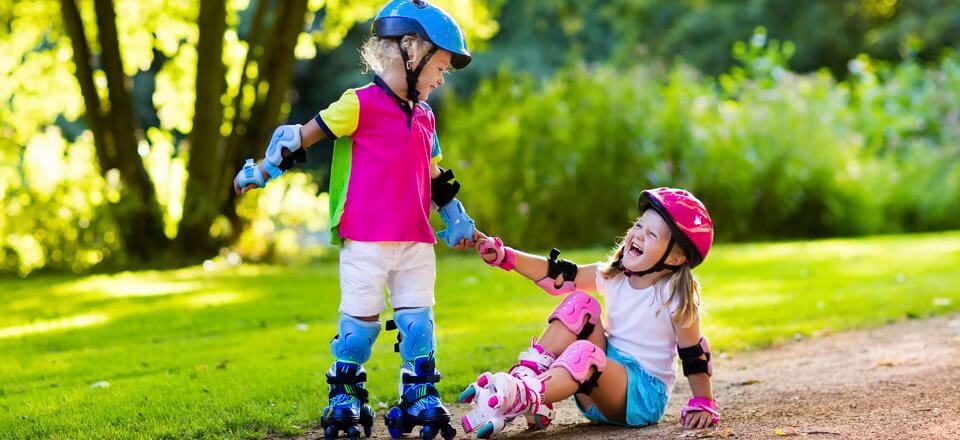
FIREWORKS SAFETY
Source: aap.org
- Fireworks can result in severe burns, scars and disfigurement that can last a lifetime.
- Fireworks that are often thought to be safe, i.e. sparklers, can reach temperatures above 1000 degrees F, and can burn users and bystanders.
- The AAP recommends prohibiting public sale of all fireworks, including those by mail or Internet, and encourages parents to attend professional fireworks displays instead of using fireworks at home.
BOATING SAFETY
Source: aap.org
- Children should wear life jackets at all times when on boats or near bodies of water.
- Make sure the life jacket is the right size for your child. The jacket should not be loose. It should always be worn as instructed with all straps belted.
- Blow-up water wings, toys, rafts and air mattresses should never be used as life jackets or life preservers.
- Adults should wear life jackets for their own protection, and to set a good example.
OPEN WATER SWIMMING
- Even good swimmers need buddies. Make sure your child knows never to swim alone.
- A lifeguard or another adult (preferably one who knows about water rescue) needs to be watching children at all times.
- Make sure your child knows never to dive into water except when permitted by an adult who knows the depth of the water and who has checked for underwater objects.
- Never let your child swim in canals or any fast-moving water.
- Ocean swimming should be allowed only when a lifeguard is on duty.
- Younger children should be closely supervised while in the water – use “touch supervision,” keeping no more than an arm’s length away.
ALL-TERRAIN VEHICLES
Source: aap.org
- Off-road vehicles are particularly dangerous for children younger than 16 years who may have immature judgment and motor skills. Children who are not licensed to drive a car should not be allowed to operate off-road vehicles.
- Injuries frequently occur to passengers; therefore riding double should not be permitted.
- All riders should wear helmets, eye protection and protective reflective clothing. Appropriate helmets are those designed for motorcycle (not bicycle) use, and should include safety visors/face shields for eye protection.
- Parents should never permit the street use of off-road vehicles, and nighttime riding should not be allowed.
- Flags, reflectors and lights should be used to make vehicles more visible.
- Drivers of recreational vehicles should not drive after drinking alcohol. Parents should set an example for their children in this regard.
- Young drivers should be discouraged from on-road riding of any 2-wheeled motorized cycle, even when they are able to be licensed to do so, because they are inherently more dangerous than passenger cars.
